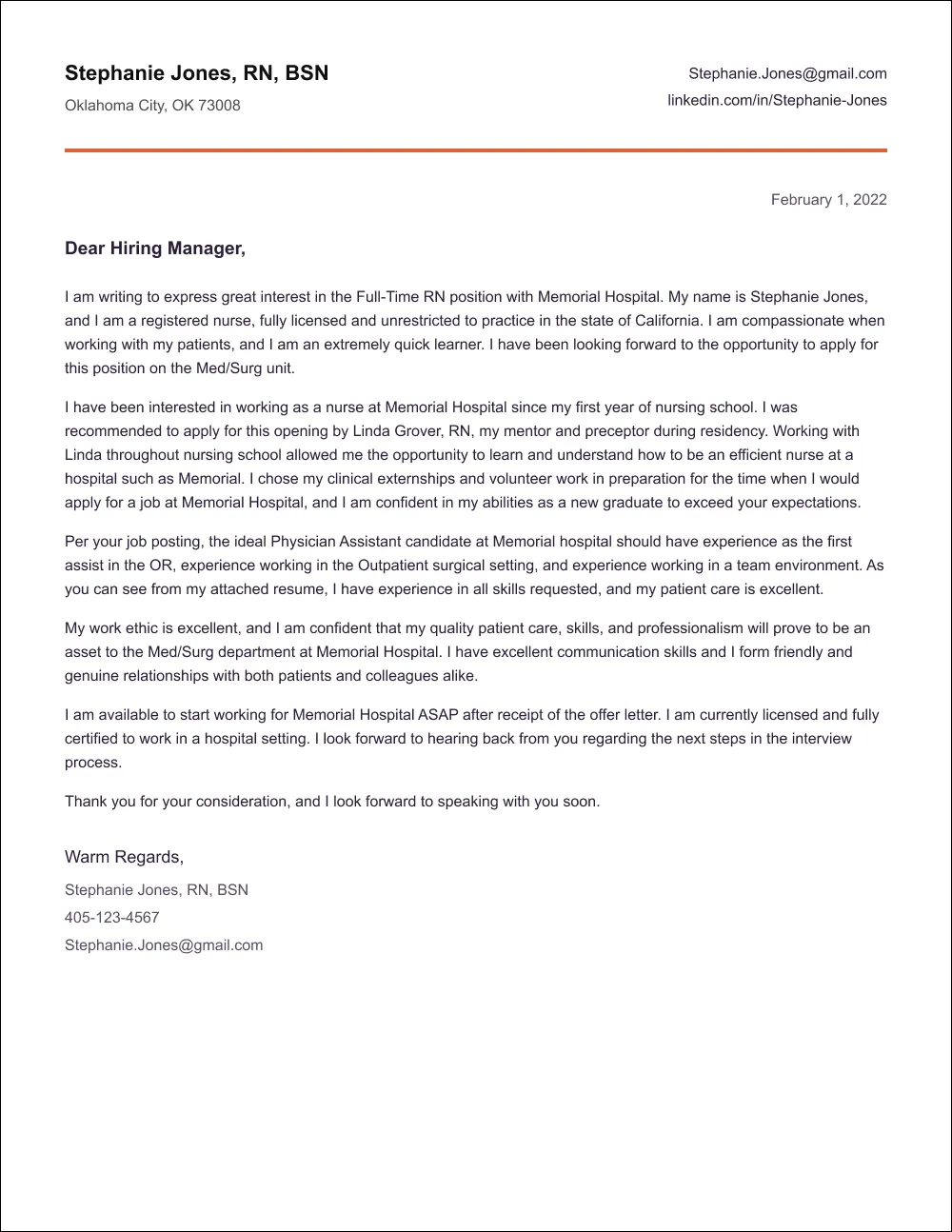What is a Cover Letter and Why Use One
A cover letter is a crucial document accompanying your resume when applying for jobs. Its primary purpose is to introduce you to a potential employer, highlighting your skills, experience, and enthusiasm for the specific position and company. Unlike a resume, which provides a concise summary of your qualifications, a cover letter allows you to elaborate on your achievements, explain your career goals, and express your personality in a way that a resume often cannot. In a competitive job market, a well-crafted cover letter can significantly increase your chances of getting noticed and landing an interview. It serves as your first impression and a chance to make a compelling case for why you’re the ideal candidate.
Highlighting Your Skills and Experience
The cover letter provides an opportunity to showcase your relevant skills and experience in detail. While your resume lists your qualifications, the cover letter allows you to provide specific examples of how you’ve used those skills to achieve results. It enables you to tailor your qualifications to the job description, emphasizing the aspects of your background that directly align with the employer’s needs. By providing concrete examples, you demonstrate the value you can bring to the company, making your application more persuasive and memorable. This focused approach shows that you understand the role and are prepared to excel in it.
Tailoring Your Letter to the Job
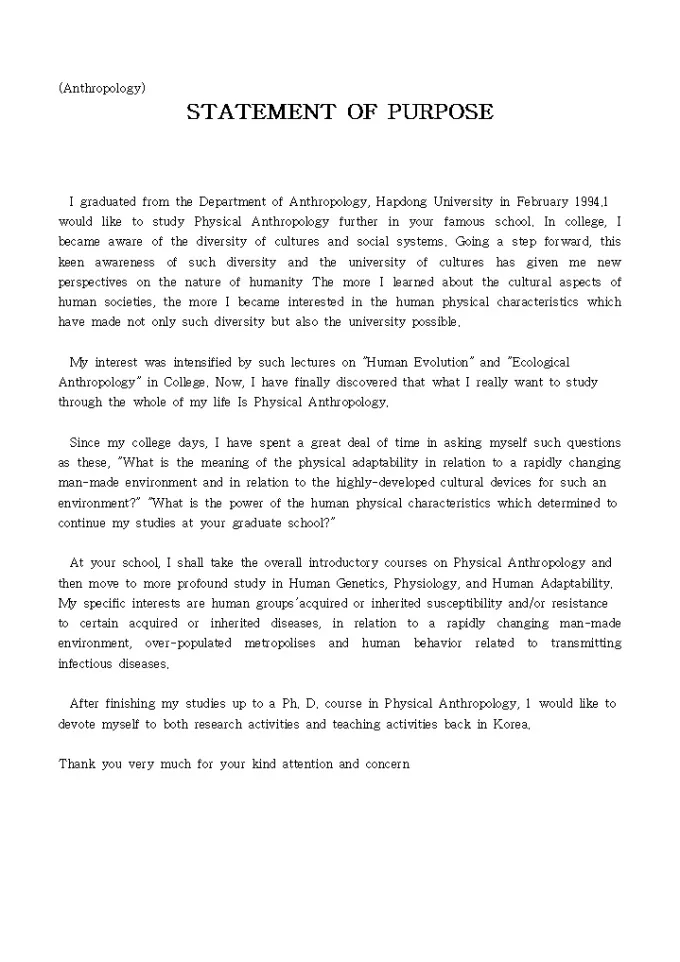
One of the most significant advantages of a cover letter is the ability to tailor it to each job application. Generic cover letters are easily spotted and often disregarded. A well-crafted cover letter demonstrates that you’ve researched the company and understand the specific requirements of the position. By aligning your skills and experience with the job description, you show the employer that you are genuinely interested in the role and have the qualifications they seek. This personalized approach sets you apart from candidates who use a one-size-fits-all approach, highlighting your attention to detail and commitment to the opportunity.
Demonstrating Your Enthusiasm
A cover letter allows you to express your enthusiasm for the job and the company. It provides a space to articulate why you’re interested in the role, what excites you about the organization, and how your values align with theirs. Showing genuine interest makes a positive impression on hiring managers. It suggests you’re motivated to contribute to the company’s success. This level of engagement can be the deciding factor when comparing candidates with similar qualifications. Your passion can set you apart from other candidates and make your application more compelling.
Cover Letter’s Purpose
Introducing Yourself to the Employer
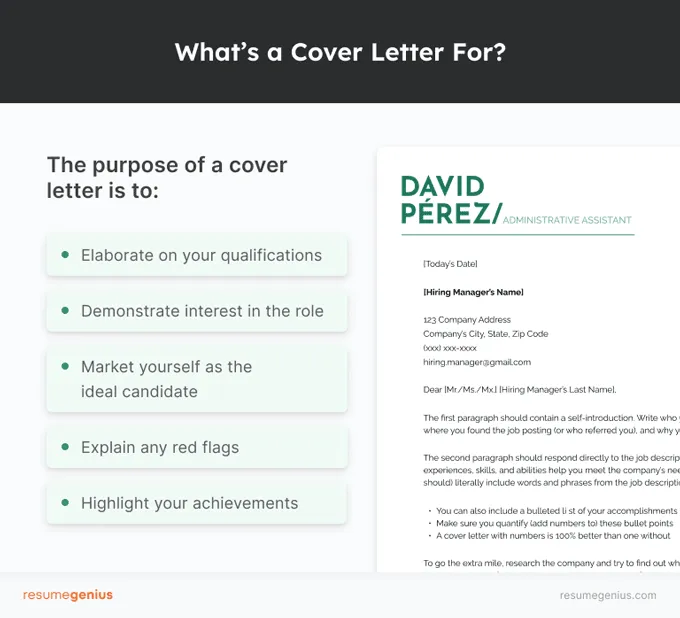
The primary purpose of a cover letter is to introduce yourself to the employer. It’s your chance to make a positive first impression, going beyond the basic information in your resume. You can highlight your personality, communication skills, and enthusiasm for the role. A strong introduction sets the tone for the rest of the letter and encourages the hiring manager to read on. It’s a chance to grab their attention and make them want to learn more about you. This initial impression can significantly influence their perception of your suitability for the position.
Expanding on Your Resume
A cover letter allows you to expand on the information presented in your resume. While your resume provides a snapshot of your skills and experience, your cover letter provides the context. You can provide more detail about specific projects, accomplishments, and experiences that demonstrate your qualifications for the job. This helps the employer understand the significance of your achievements and how they relate to the position. By supplementing your resume with a well-written cover letter, you provide a more complete and compelling picture of your capabilities.
Showing Personality and Voice
A cover letter gives you the opportunity to showcase your personality and voice. Unlike the more formal tone of a resume, a cover letter allows you to express yourself in a more personal and engaging way. You can demonstrate your communication skills, writing style, and enthusiasm for the opportunity. This helps the employer get a better sense of who you are as a person and how you might fit into the company culture. This personal touch can make your application more memorable and help you stand out from other candidates.
Cover Letter Format and Structure
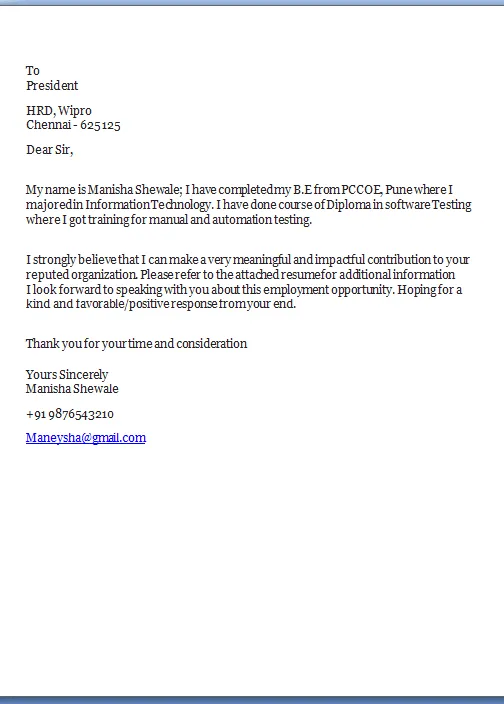
Header and Contact Information
The header of your cover letter should include your contact information, the date, and the employer’s contact information. This ensures the hiring manager can easily reach you. Include your full name, phone number, email address, and LinkedIn profile URL (optional). The date should be the date you are sending the letter. The employer’s contact information should include the hiring manager’s name (if known), title, and the company’s address. Proper formatting and attention to detail in the header demonstrate professionalism and organizational skills.
Opening Paragraph
The opening paragraph is your chance to grab the reader’s attention. State the position you are applying for and where you found the job posting. Briefly mention why you are interested in the role and the company. If you have a connection or referral, mention it here. Keep it concise and enthusiastic. A strong opening immediately captures the hiring manager’s interest and encourages them to continue reading. Make it clear, concise, and compelling, setting the stage for the rest of your letter.
Body Paragraphs Highlighting Qualifications
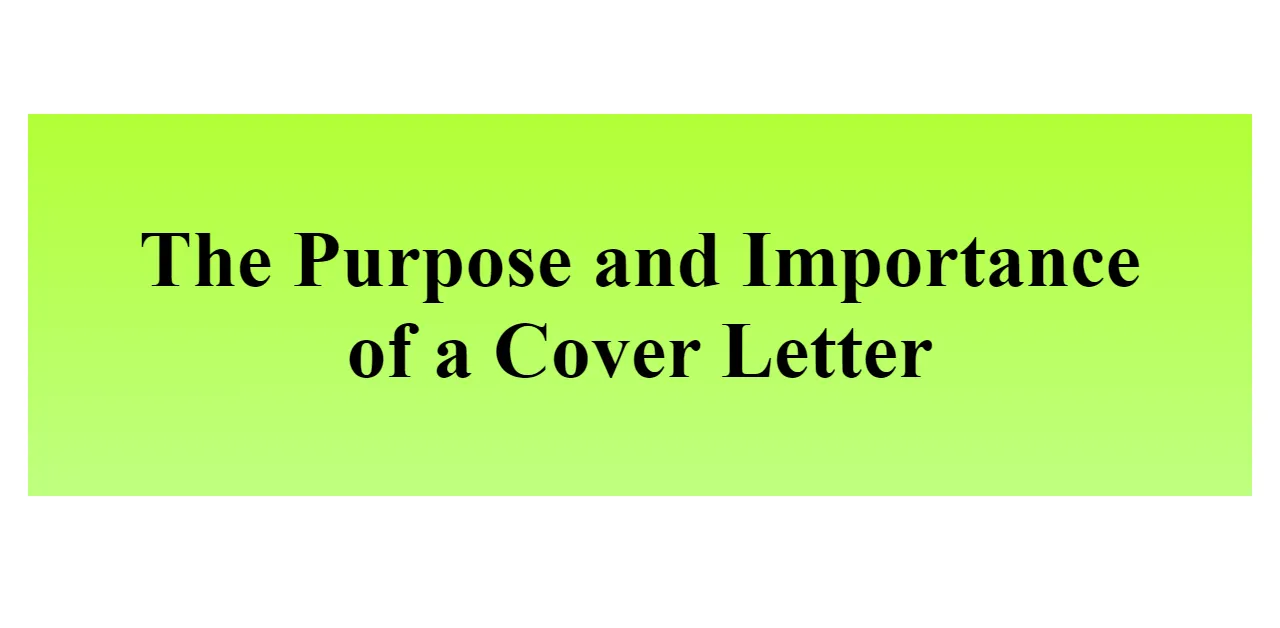
The body paragraphs are where you showcase your skills and experience, providing specific examples of your achievements. Focus on the qualifications most relevant to the job description. Use the STAR method (Situation, Task, Action, Result) to provide detailed examples of your accomplishments. Quantify your achievements whenever possible using numbers and data to demonstrate the impact you’ve made. Tailor each paragraph to the specific requirements of the role and the company’s needs. This detailed approach will make your qualifications clear and compelling.
Closing Paragraph and Call to Action
The closing paragraph should summarize your interest in the role and reiterate your qualifications. Express your enthusiasm for the opportunity and your eagerness to discuss your application further. Include a call to action, such as requesting an interview or indicating your availability. Thank the hiring manager for their time and consideration. A strong closing leaves a lasting positive impression and encourages them to take the next step in the hiring process.
Cover Letter Dont’s
Avoid Generic Letters
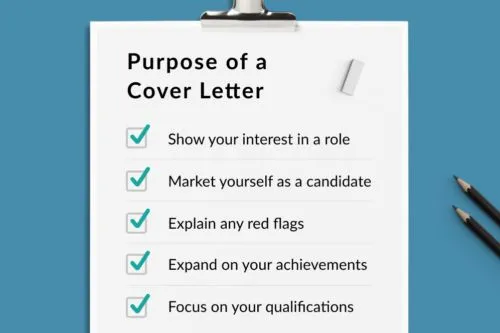
Avoid using a generic cover letter that could be sent to any company or position. Generic letters show a lack of effort and a lack of genuine interest in the specific opportunity. Tailor each letter to the job description and the company’s needs. Research the company and highlight aspects of your background that align with their values and goals. Show the employer that you’ve taken the time to understand their specific requirements and are genuinely interested in the role.
Do not repeat resume
Avoid simply repeating the information from your resume. The cover letter should expand on your resume, providing additional context and details. Use the cover letter to elaborate on specific achievements, provide examples, and explain how your skills and experience align with the job requirements. The cover letter is a chance to showcase your personality and communication skills, which your resume may not fully capture. Adding value by providing context will significantly increase your chances of getting hired.
Do Not Use Grammatical errors
Grammatical errors, spelling mistakes, and typos can quickly disqualify your application. Proofread your cover letter carefully before submitting it. Use a grammar checker and have a friend or colleague review it as well. Errors reflect poorly on your attention to detail and professionalism. A polished cover letter demonstrates that you are a careful and organized person who takes pride in their work. Even minor mistakes can damage your credibility, so always double-check your writing.
Best Practices for Cover Letters
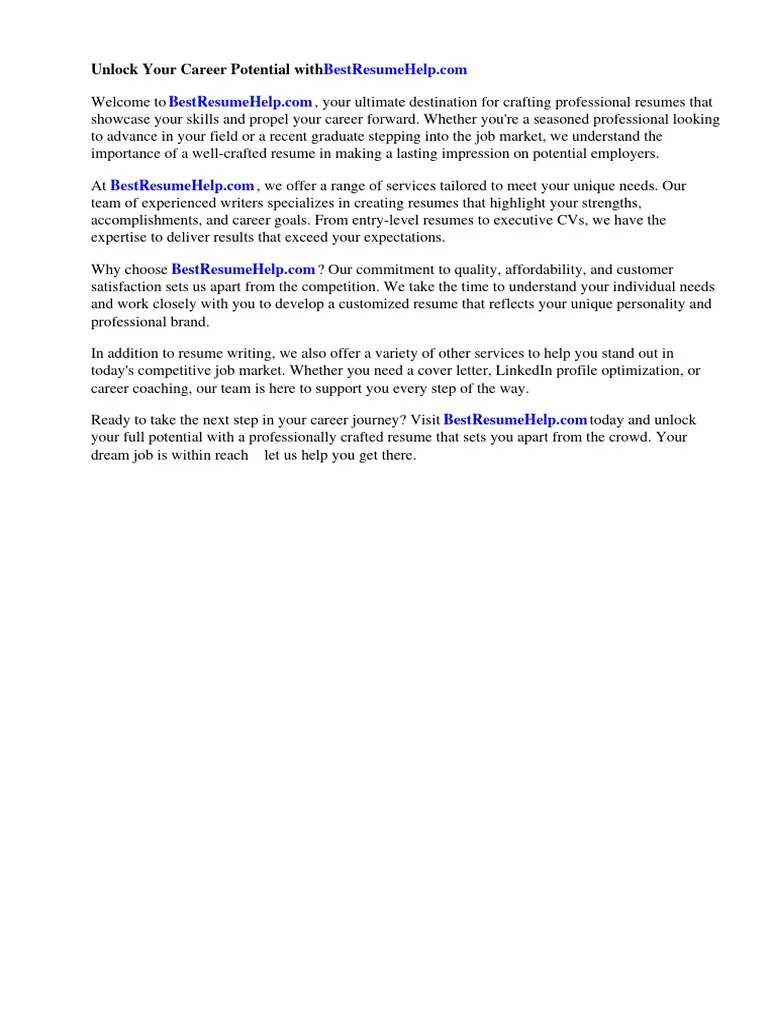
Research the Company
Before writing your cover letter, research the company and the specific role. Understand the company’s mission, values, and recent achievements. Read the job description carefully and identify the key skills and experiences the employer is seeking. This research will help you tailor your cover letter to the specific needs of the company and demonstrate your genuine interest in the opportunity. Show that you’ve taken the time to learn about the organization and are prepared to contribute to their goals.
Use Keywords from the Job Description
Incorporate keywords from the job description into your cover letter. This helps the hiring manager quickly see that your qualifications align with the position’s requirements. Use keywords naturally within the context of your sentences, rather than simply listing them. Refer to the job description to understand the key skills and experience the employer is seeking and emphasize those aspects of your background. Using relevant keywords increases your chances of getting noticed and ensures your application meets the employer’s expectations.
Proofread Carefully
Always proofread your cover letter thoroughly before submitting it. Check for grammatical errors, spelling mistakes, and typos. Read the letter aloud to catch any awkward phrasing or unclear sentences. Have a friend or colleague review your cover letter as well. A polished, error-free cover letter demonstrates professionalism and attention to detail. This ensures that your application makes a positive impression and reflects your commitment to excellence. Taking the time to proofread is a crucial step in the job application process.
